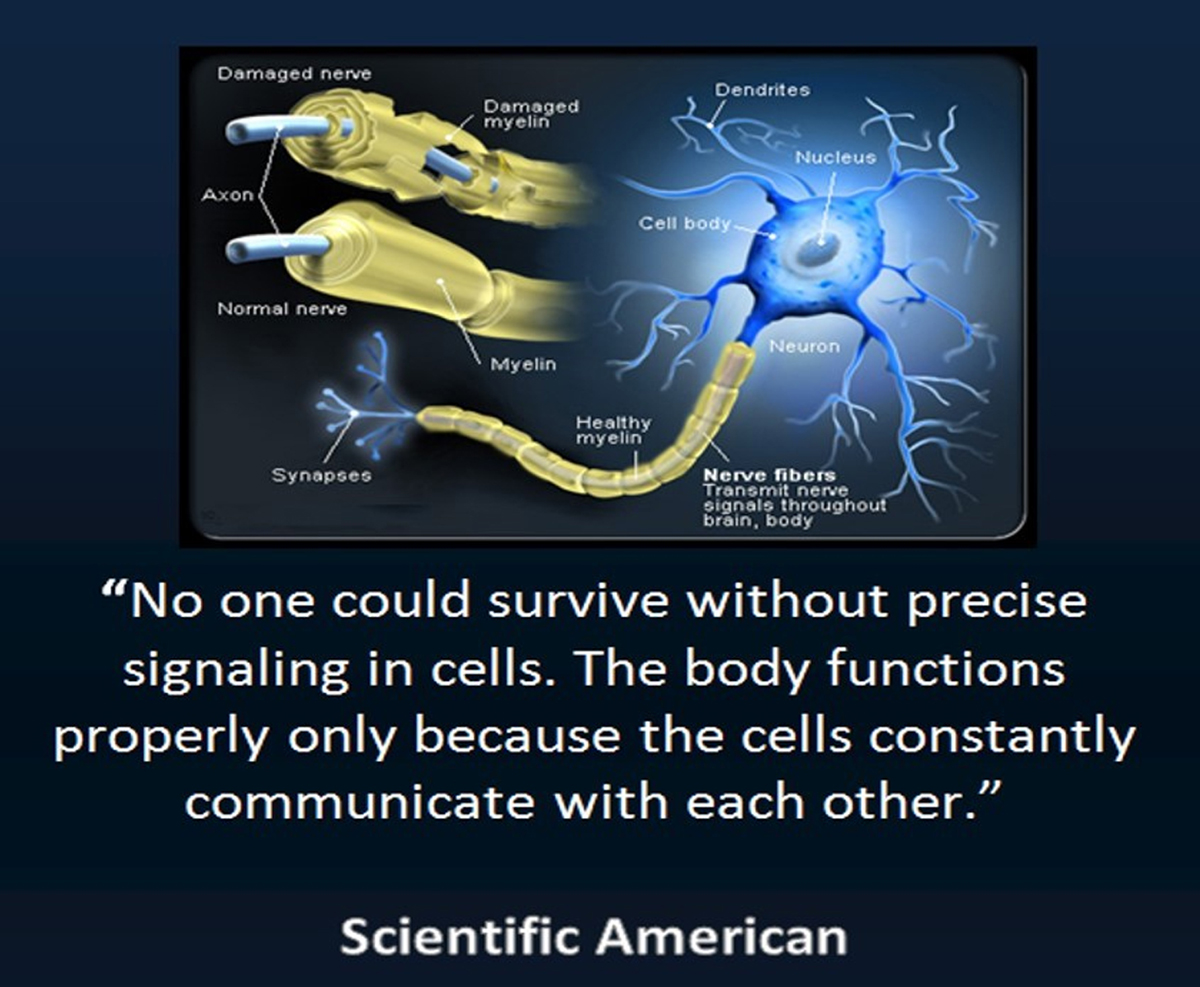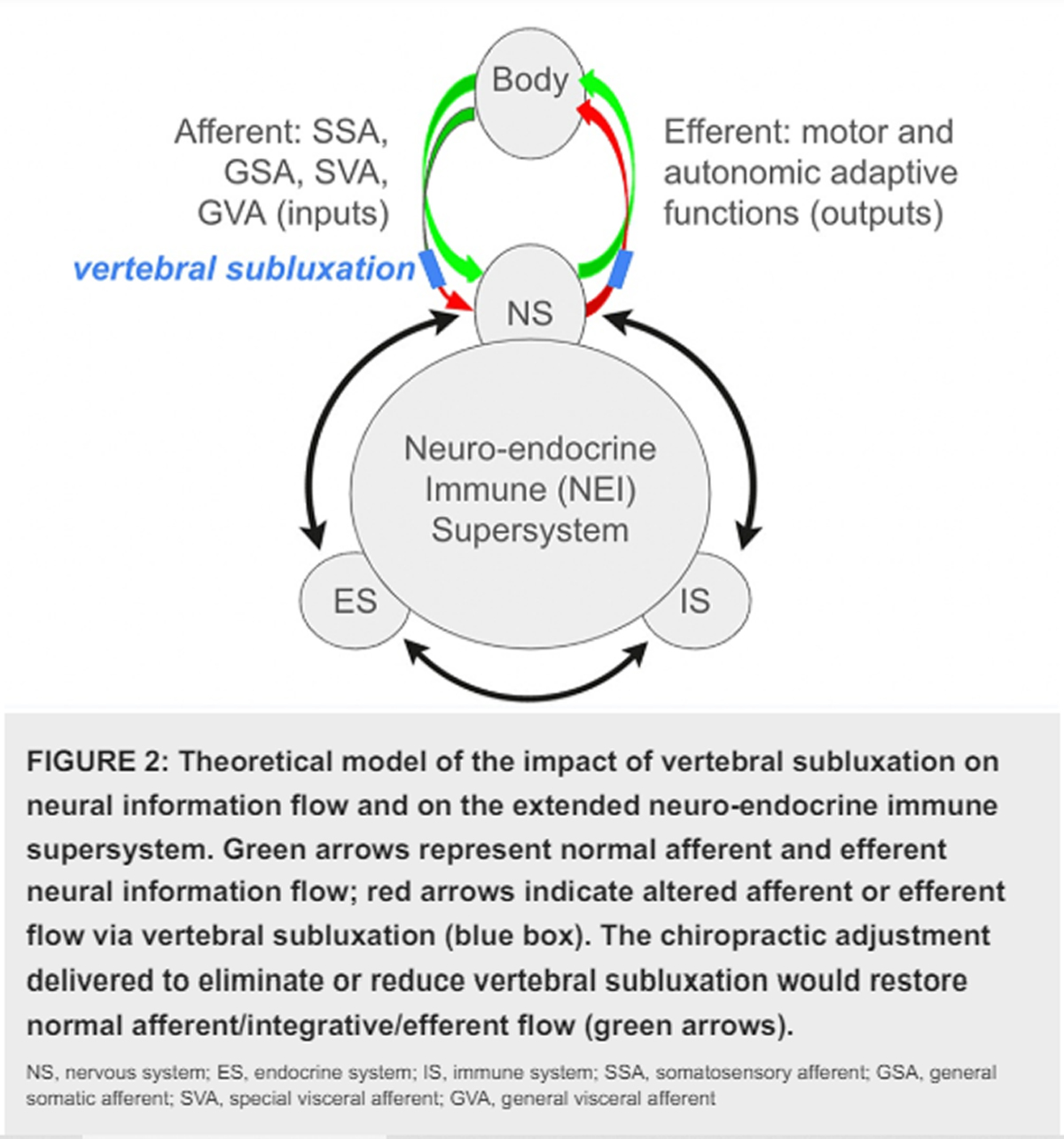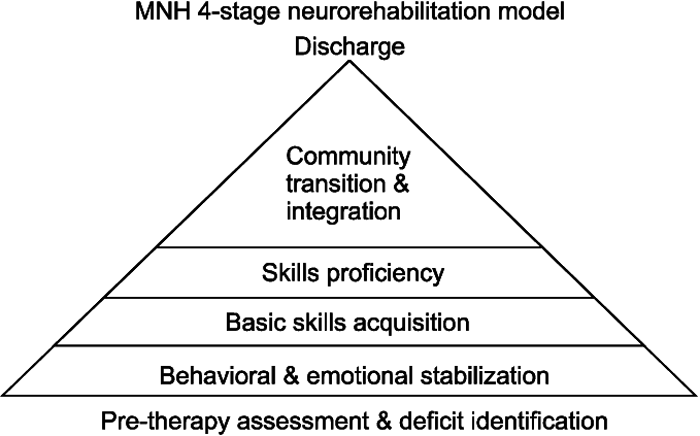Spinal Manipulation Therapy: Is It All About the Brain? A Current Review of the Neurophysiological Effects of Manipulation
SOURCE: Journal of Integrative Medicine 2019 (May 9) [Epub]
Giles Gyer, Jimmy Michael, James Inklebarger, Jaya Shanker Tedla
The London College of Osteopathic Medicine,
London NW1 6QH, United Kingdom.
Spinal manipulation has been an effective intervention for the management of various musculoskeletal disorders. However, the mechanisms underlying the pain modulatory effects of spinal manipulation remain elusive. Although both biomechanical and neurophysiological phenomena have been thought to play a role in the observed clinical effects of spinal manipulation, a growing number of recent studies have indicated peripheral, spinal and supraspinal mechanisms of manipulation and suggested that the improved clinical outcomes are largely of neurophysiological origin.
In this article, we reviewed the relevance of various neurophysiological theories with respect to the findings of mechanistic studies that demonstrated neural responses following spinal manipulation. This article also discussed whether these neural responses are associated with the possible neurophysiological mechanisms of spinal manipulation. The body of literature reviewed herein suggested some clear neurophysiological changes following spinal manipulation, which include neural plastic changes, alteration in motor neuron excitability, increase in cortical drive and many more. However, the clinical relevance of these changes in relation to the mechanisms that underlie the effectiveness of spinal manipulation is still unclear. In addition, there were some major methodological flaws in many of the reviewed studies. Future mechanistic studies should have an appropriate study design and methodology and should plan for a long-term follow-up in order to determine the clinical significance of the neural responses evoked following spinal manipulation.
KEYWORDS: Complementary therapies; Occupational injuries; Occupational therapists; Physical therapists; Public health
From the FULL TEXT Article:
Introduction
Spinal manipulation is a specialized form of manual therapy that uses non-invasive, “hands-on” treatment techniques to treat musculoskeletal pain and disability. The therapy has proven to be an effective treatment option for the management of various musculoskeletal disorders and is practiced worldwide by health-care practitioners from various specialities, including osteopaths, chiropractors, naturopathic physicians and physiotherapists. However, little is yet understood about the physiological mechanisms of this therapy, especially how it exerts its pain modulatory effects. Over the past decade, many theories have been proposed to explain the mechanisms of spinal manipulation [1–4], but the available data from mechanistic studies are insufficient to clarify the short- or long-term clinical outcomes of manipulation.
Most of the early theories proposed to explain the analgesic and hypoalgesic effects of spinal manipulation were heavily focused on the biomechanical changes following the intervention [1–3]. In recent years, however, there has been a paradigm shift towards a neurophysiological mechanism of spinal manipulation, as an increasing number of recent studies have reported various neural effects of spinal manipulation such as changes in somatosensory processing, muscle-reflexogenic responses, central motor excitability, motor neurone activity, neuroplastic brain changes, Hoffmann reflex (H-reflex) responses, sympathetic activity and central sensitisation [5–11]. These studies have suggested a cascade of neurochemical responses in the central and peripheral nervous system following spinal manipulation. Hence, it has been hypothesised that the observed pain modulatory effects of spinal manipulation are largely due to neurophysiological mechanisms mediated by peripheral, spinal and supraspinal structures. These mechanisms have been thought to be triggered by mechanical stimulus or biomechanical forces applied during the manipulative act.
To date, Pickar [5] is the only one that provided a theoretical framework for the neurophysiological effects of spinal manipulation. Although Bialosky et al. [12] later proposed a comprehensive model and a new framework to visualise potential individual mechanisms associated with pain reduction, their work was based on different forms of manual therapy and not exclusive to spinal manipulation alone. Hence, there has been a need for a comprehensive review that presents an updated framework based on the current knowledge and understanding of the neurophysiological effects of spinal manipulation. On the other hand, over the last decade, a growing number of mechanistic studies have been conducted to understand the neurophysiological mechanisms of spinal manipulation. These studies have demonstrated various neural responses following manipulation. However, no review has been written to evaluate the relevance of these findings regarding the proposed theories as well as the observed clinical effects. Therefore, the purpose of this article is to examine all the recent findings on the neurophysiological effects of spinal manipulation and review their relevance with respect to the improved clinical outcomes of spinal manipulation.
Read the rest of this Full Text article now!







Leave A Comment